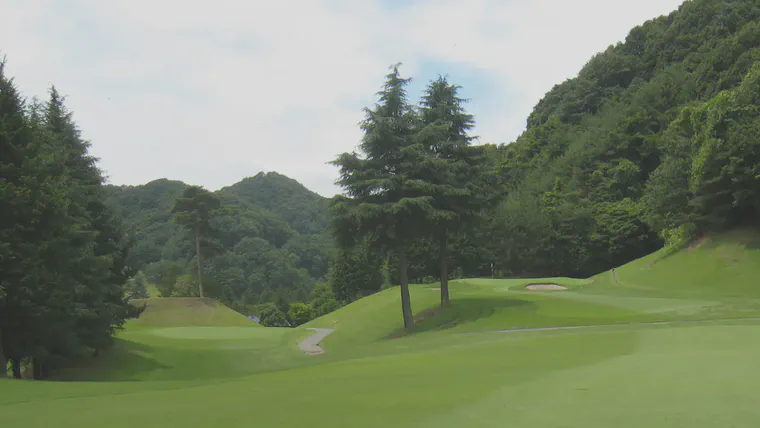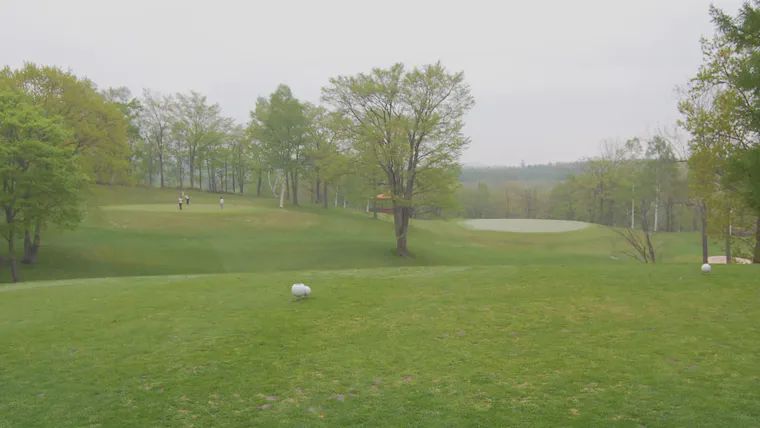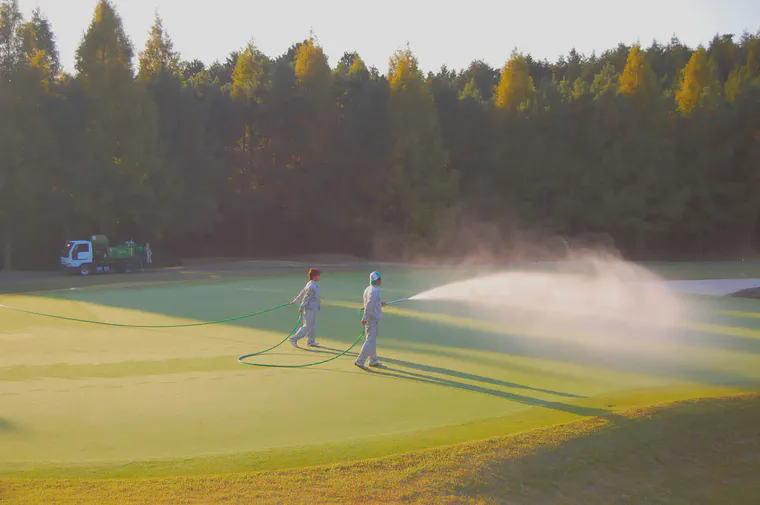The two green system on Japanese golf courses

On a July day in 2011, I visited four eighteen hole golf courses around the Tokyo area. That is 72 holes of golf. But those 72 holes had 126 creeping bentgrass greens. How is that? One of the courses had one bentgrass green per hole, and three of the courses used the two green system and had two greens per hole.

Putting greens are the most intensively managed area of any golf course. In Japan, where so many courses use the two green system, golf course maintenance becomes even more complicated because of having to manage twice the number of greens.
There is some advantage in having two greens per hole in that ideally one green can always be kept in perfect condition for play while maintenance is performed on the closed green. When I was a greenkeeper at Japan ten years ago, I was fortunate to work at a course with one green, and from speaking with greenkeepers here there is a general consensus that a one green system is easier to work with.

I would have to agree. Although at times it would be good to give the main green a bit of a rest, overall it is rather complicated to manage two greens on one hole.
In almost all cases there would be no quick couplers at either green for handwatering. I know from experience how difficult it is to manage bentgrass greens in Japan in the summer without quick couplers.
The soil conditions are usually different from the set of main greens to the sub-greens. Sometimes the grass species are different, for example with creeping bentgrass on one green and korai (Zoysia matrella) on the other. But in most cases there would be two different varieties of creeping bentgrass on the two greens. And then there are all the covers that, during the winter, need to be put on the greens every afternoon and taken off again every morning. And all this work is done with a maintenance crew that averages just over ten people. Japan is certainly among the most difficult places to be a greenkeeper.